Everyone has to abide by household rules – pets included.
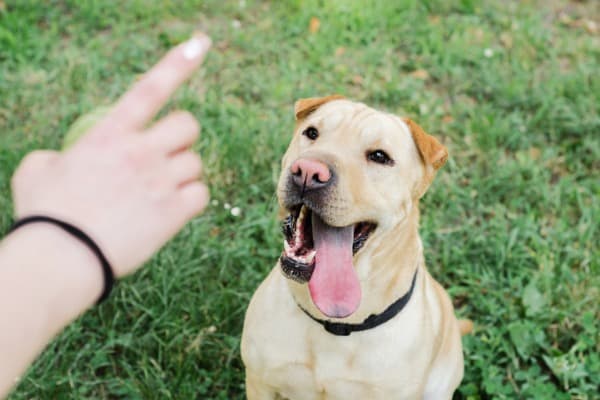
Using the bathroom where appropriate is vital to keeping harmony in the home.
What happens if your dog refuses to go to the bathroom outside?
Or rather, they don’t seem to make it to the yard before letting go of their bladder?
You’re not alone:
This is an issue that many new pet parents encounter – whether the new family member is a puppy or an adult rescue dog.
Some dogs who don’t pee outside just haven’t had the chance to be thoroughly house-trained yet.
See also:
- My Dog Smells Like Urine! Let’s Solve This
- Urinary Care Dog Food: Top 5 Diet Options for Optimal Urinary Health
- Dog Drinking Own Urine: 5 Causes and How to Stop It
- Is Dog Urine Harmful to Humans: Answers You Should Know
Like with small children, they have to be taught where and when it’s acceptable to relieve themselves.
Keep calm:
It can be upsetting when a new dog has repeated accidents in the house.
These mishaps can damage furniture and leave urine smells on carpets, kitchen and bathroom tiles, and hardwood flooring. Worse, urine can get into subfloor materials and becomes a job to get out.
Getting them on the same page as far as bathroom habits are something that takes time and patience.
Dogs are intelligent animals, and they want to learn.
So how do you deal with a dog who doesn’t want to pee outside?
Read on to find out.
Puppy Potty Training
Some pet parents get very lucky and have a puppy who “gets” it when it comes to house training. Others face an uphill battle.
If your puppy doesn’t pee outside, you’re probably wondering one thing – why?
Dogs are indeed smart, but puppies still haven’t had a chance to learn how things are done.
It’s up to their mom and dad – that is, you, to show them.
Make a Routine
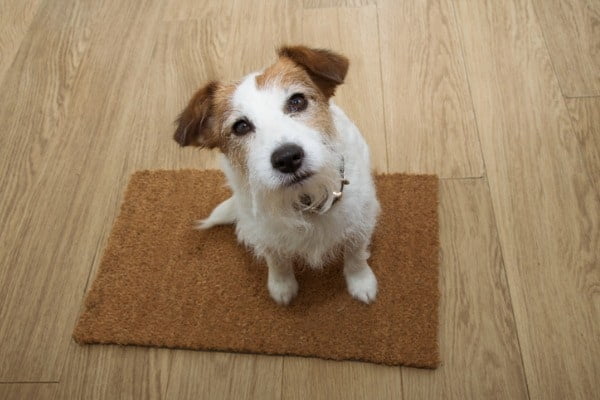
House training a puppy starts with consistency.
A reliable schedule will help them learn quickly that the outdoors is the place to do their business.
Generally, puppies can hold their urine for about an hour per month of age. They should be able to hold it for about five hours at five months of age.
Most puppies can contain themselves overnight once they reach 6-8 months of age.
Very young puppies will need a strict bathroom break schedule.
It is a must to take them outside as soon as they wake up and before they’re crated for bedtime.
As for all of those hours in between?
It’s a good idea to stick to the hour-per-month rule, but you also will want to take them out shortly after they’ve had a drink or a meal.
Planning it all out can be based on your personal schedule, but be ready to make regular trips outside.
Reward Them Liberally
A puppy needs to understand that a successful trip to the backyard is desired behavior.
How do you accomplish this?
Make sure you praise them and give them a small treat each time they go outside to eliminate.
It doesn’t have to be a large snack – pet stores sell “trainer treats,” or you can find a recipe to make them yourself.
Either way, having a pocketful at all times will help your puppy connect peeing outside with a reward very quickly.
Don’t Punish – But Redirect Instead
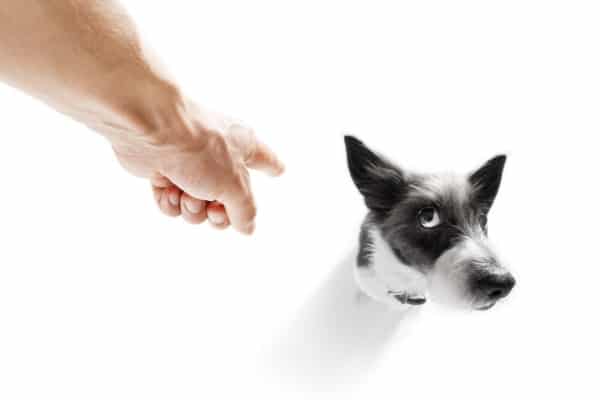
There will probably be a few bumps along the way when you’re getting your puppy potty trained. Yelling at them won’t help speed up the process.
On the contrary:
Shouting or hitting a dog in training for any bad behavior will teach them to fear you, and cause anxiety.
If your puppy starts to use the carpet instead of the lawn, catching them in the act and whisking them outside is ideal.
Yelling won’t help, but a firm “no-no!” can get their attention.
They’ll soon figure out that this behavior is not allowed inside.
Some accidents happen when we’re not looking.
Other times they may not seem like accidents, such as when a dog pees in your bed right in front of you!
It might be tempting to shame a puppy or adult dog for the mess they left on your floor, but they won’t understand that they did something wrong.
Rubbing their noses in it won’t help, either.
Like corporal punishment, it will cause stress without sending the message that what they did isn’t okay.
This type of punishment can lead to them eating their accidents later on.
Best to just clean it up and put the puppy outside.
Since they can be attracted to the spot they had an accident, try to get it cleaned up as much as possible.
It’s not all bad:
That allure to spots they’ve previously used can work in your favor, too.
When you’re first house training a new puppy, taking them to the same area repeatedly can help encourage them to go while they’re in that spot.
Keep Both Eyes on Them
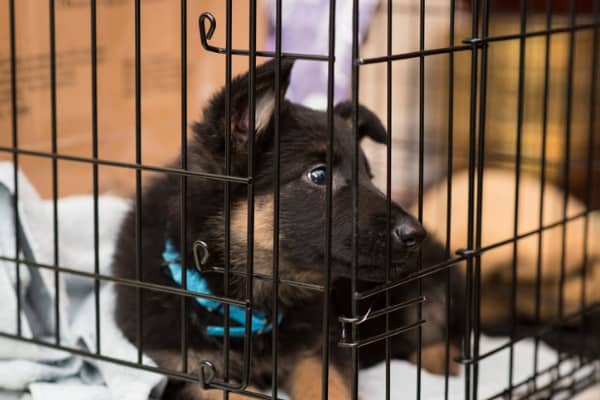
Puppies have bad poker faces – when they need to go, there’s almost always a “tell.”
Sniffing along the floor is a classic sign that they’re searching for a spot to go potty.
A crated puppy could become restless, cry, or scratch at the crate to let you know they need to go.
House Training an Adult Dog
Many pet parents adopt full-grown dogs from shelters. This is a noble, rewarding thing to do – but it’s not always easy.
You might be dealing with a 70lb dog who doesn’t understand that the bedroom floor is not a great place to use the toilet.
Big dogs make big messes, so getting them house-trained soon is a priority.
What can you do?
If your new dog doesn’t pee outside, you can follow the same routine you’d use on a puppy.
Adult dogs can usually hold their pee longer, but taking them out frequently increases the odds they’ll happen to potty while they’re outdoors.
If you want to know how to train a dog to pee outside? The guidelines for puppy training work just as well.
Adult dogs often catch on faster than puppies. They’ll respond to rewards in the same way.
Be extra patient with rescue dogs who don’t understand the rules yet – there’s a chance they could be from an abusive or neglected environment.
Going the extra mile to be gentle with them will yield far better results than overwhelming them.
Remember:
Dogs that come from this type of background can take a while to adapt and trust people again.
It might not happen overnight, but don’t give up on them.
Even mistreated dogs can be rehabilitated.
In extreme cases, a dog behavior expert can work with you to help them acclimatize to the new living situation.
It is very rare for a dog to totally fail out of potty training, as long as their people are kind and consistent.
Are There Other Reasons My Dog Won’t Pee Outside?
Sometimes a dog can struggle with holding their bladder for seemingly no reason.
What then?
A few things could be causing it, which might be a reason to have them see the vet.
Health Issues
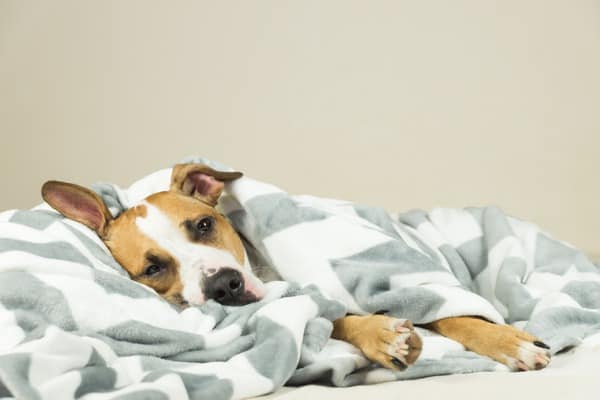
Some health problems can cause incontinence in otherwise normal dogs.
Urinary tract infections, Cushing’s disease, or diabetes can cause urine leakage or can make your dog empty their entire bladder before they go out.
One symptom of a UTI is cloudy urine caused by mucus. It’s up to you to connect the dots to the greater problem at hand if you see this happening at least once.
If it’s a new issue in an already house-trained dog, a vet should evaluate them to rule out any health issues.
Check for any abnormal-looking changes in your dog’s physic urine, such as urinary crystals, or if you get close enough to notice a fishy smell to their pee, don’t ignore that.
Perhaps less threatening is if your dog’s urine is foamy it could be an indication they’ve waited too long.
Other issues could be related to not drinking enough water. Hence they don’t have as much incentive to go to the bathroom when beckoned outside.
Check for darker-colored urine when your dog pees if you suspect this.
Hydration
It should go without saying that your dog should be getting enough of the H2O stuff so that they can go to the bathroom.
Monitor their water intake and check the color of their urine.
If it’s darker in color, it could be a sign that they could stand to drink more. This can hopefully have more motivation to relieve themselves when it’s time to go out the door.
Make an Obvious Potty Outdoors
You might not think about this, but your dog likes to have a regular place to go outside. Take a look at your “backyard potty” areas.
Do you have a designated place that they understand is where they go?
Choosing a particular area or corner of your yard to go to consistently can help direct the dog more specifically. This way, they identify the outdoors with doing their business.
If you don’t like your pup using your yard as a toilet, don’t worry, you can quickly rid your yard of urine smell, especially if it’s contained in a smaller area.
Otherwise, you could get a puppy pad to help contain things but still help your dog set up healthy habits.
Stage Fright
Dogs can have it, too – it’s not very common, but some need more privacy when peeing.
So if your dog seems reluctant to pee outside, try to watch them from afar rather than hovering over them.
It can be a sign that the dog was abused, as well.
A dog with a rough past might have been punished for urinating indoors and, as a result, are now afraid to do it in front of humans.
Even if they’re on a leash, giving your dog a little space while they eliminate is pretty easy.
You can turn away, back off of them, or even tether them for a moment so you can “hide” somewhere close by.
Marking the Territory
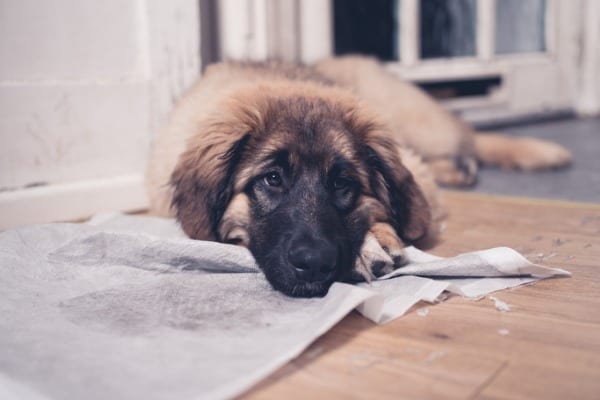
Unneutered male dogs will sometimes try to mark their territory by lifting a leg and peeing.
This, unfortunately, has nothing to do with their willingness to go outside. Nor does it indicate a failure on your part.
It’s instinct:
Peeing on things indoors is more about leaving their scent than relieving themselves.
It is challenging to stop this instinctive behavior – about as hard as it would be to teach your dog not to lick their butt.
What is the best solution?
Neutering a male dog goes a long way in stopping marking behavior.
The sooner it’s done, the less likely it will become a permanent habit.
The other alternative is buying a belly band for them.
Like a diaper, it will keep the pee off your possessions.
You’ll have to change it like a diaper, so it’s not the best answer for many pet owners. If you’ve heard of doggy urine scald, then you may know one reason why!
One Alternative…
Some dog moms and dads will allow their furry loved ones to pee indoors, such as on a piece of indoor doggy turf.
While you have to clean the piece of artificial grass of urine smells, it can sometimes be a temporary go-to as you train and help your dog make a routine of going outside.
Have Faith
It would be very unusual for a dog to be a “lost cause” when it comes to potty training.
Although it can seem perplexing while you’re in the midst of it, your dog is still learning how things are.
How to train a dog to pee outside?
Consistency and schedules are key – and a baggie full of treats on hand is the best training tool at your disposal.
Reward and praise work on puppies and adult dogs alike, so don’t be afraid to employ both during potty training.
